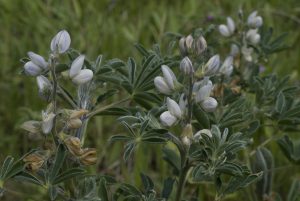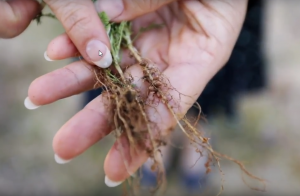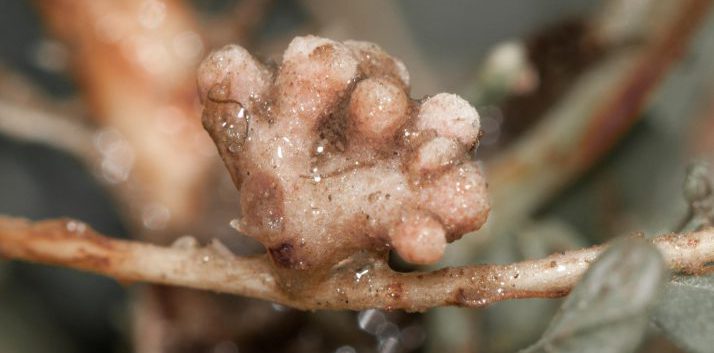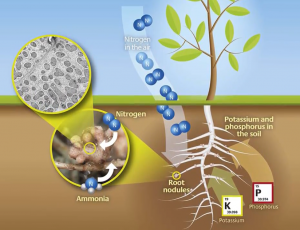The current money on offer for profitable pulse crops, such as lentils and chickpeas, is on par with average levels according to data.
In the past nine months alone, there have been substantial drops in price for pulse crops, as much as hundreds of dollars per tonne.
Although it’s not all bad, some pulses used in stockfeed are on the rise.
Lupins and faba beans have shown an increase in price due to increased domestic demand.
Faba beans are also gaining popularity in the pet food industry because of their high protein. It is suggested that over time, the long-term prospects for faba beans may further improve.
Results found in a report by Pulse Australia and the Grains Industry Market Access Forum predict that crops used for human consumption are expected to rise significantly. The report also suggests that stock feed crops will have prices better than usual.
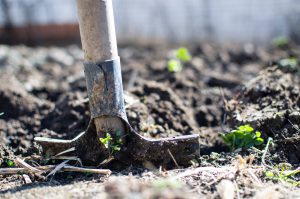
A stockpile of lentils?
Not all crops are expected to have increased profit. Unfortunately, lentils are expected to fare the worst.
Because of the significant amount of lentils around the world, farmers should prepare for lower than normal prices, in the decile two to three range, for the upcoming season.
Australia is reported to still be holding lentil stocks from the 2016 and 2017 season.
Below: Port Adelaide Decile pricing shows low decile 1 – 2

Image Source: Pulse Australia – Global Pulse State of Play
Good news for Chickpeas?
Chickpeas are expected to have a decile pricing between 5 – 6, which is a decent price considering it is predicted that large amounts of chickpeas from the 2017/season have not been sold.
There were approximately 200,000 tonnes of unsold chickpeas from the previous season.
Below: Brisbane Chick Pea Decile pricing shows to be in the middle decile 5 – 6
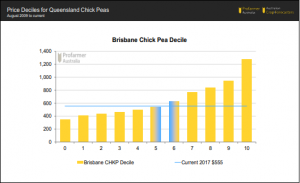
Image Source: Pulse Australia – Global Pulse State of Play
Improved Pulse Plantings
Pulse Australia Chief Executive, Nick Goddard said he predicted pulse plantings in Australia to improve this year thanks to pricing and agronomic factors;
“It is very dry in many cropping areas which will impact plantings, while farmers are also looking to their rotations and giving pulses a bit of a spell after a pretty solid push over the past couple of years when prices were good”.
He continues;
“It may have been time pulses came back in terms of percentage they made up of traditional plantings, traditionally they have made up 7pc of the plant, but over the past two years that figure was around 15pc, due to the chickpea boom. This year, I’d expect that would be back at around 5-7pc.”
Due to the improving value of wheat and barley, Nick Goddard says it is a good time to lower pulse plantings a little.




